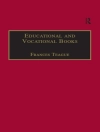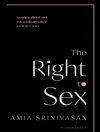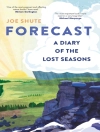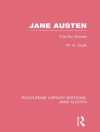Over the last twenty-five years, the ‘history of emotion’ field has become one of the most dynamic and productive areas for humanities research. This designation, and the marked leadership of historians in the field, has had the unlooked-for consequence of sidelining literature — in particular secular literature — as evidence-source and object of emotion study. Secular literature, whether fable, novel, fantasy or romance, has been understood as prone to exaggeration, hyperbole, and thus as an unreliable indicator of the emotions of the past.
The aim of this book is to decentre history of emotion research and asks new questions, ones that can be answered by literary scholars, using literary texts as sources: how do literary texts understand and depict emotion and, crucially, how do they generate emotion in their audiences — those who read them or hear them read or performed?
สารบัญ
Introduction
1 Words, taxonomies and translations
2 Embodiment and action
3 Performativity and performance
4 Audiences and affectivity
5 Fifteenth-century feelings
Conclusion
เกี่ยวกับผู้แต่ง
Carolyne Larrington is Emerita Professor of Medieval European Literature at the University of Oxford












